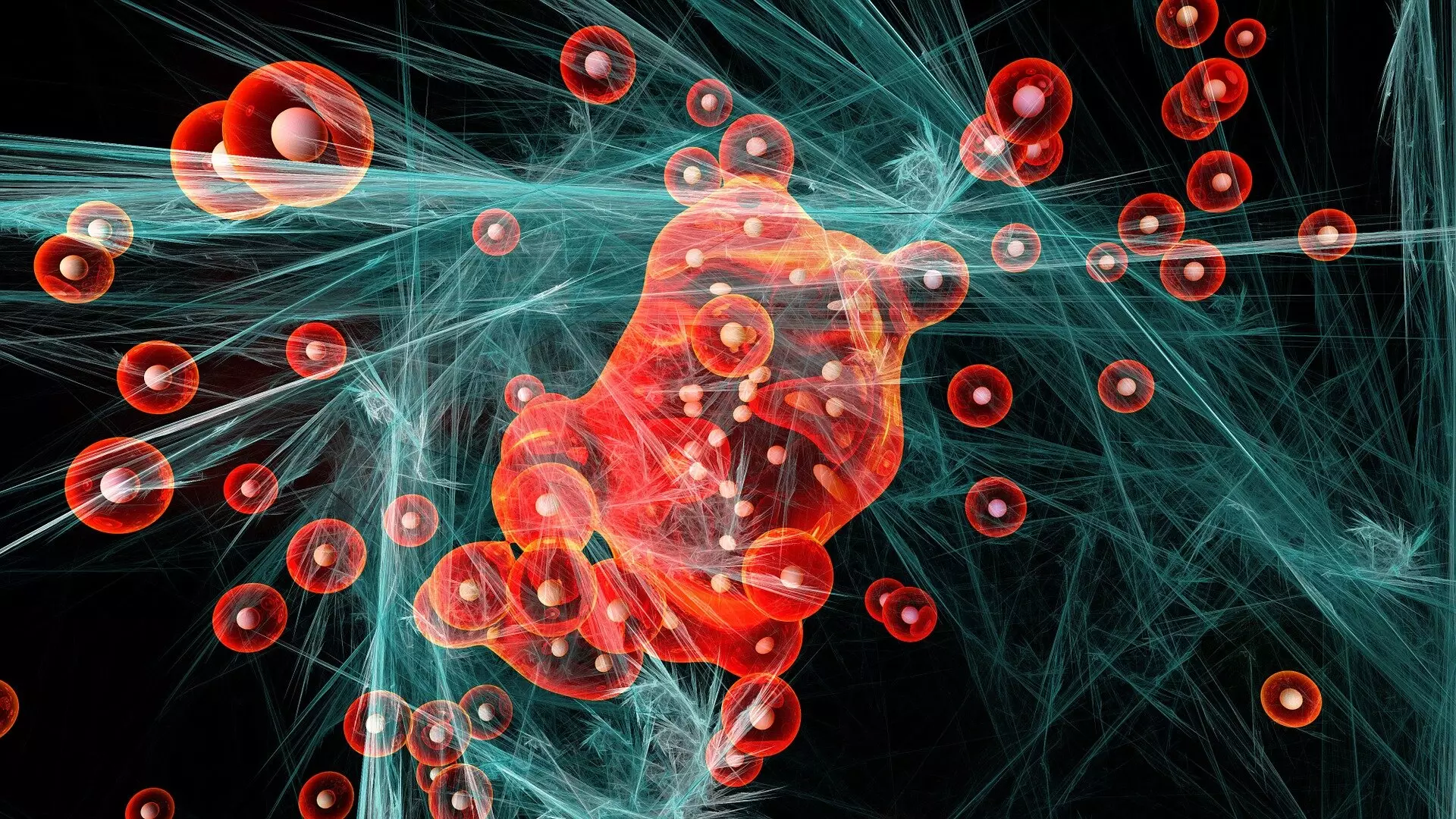For decades, the chemical industry has been plagued by its association with pollution and environmental harm. The image of billowing smokestacks and toxic waste discharges has overshadowed the crucial role that chemicals play in our everyday lives. However, there is hope for a more sustainable future. Caltech’s Karthish Manthiram, a respected professor of chemical engineering and chemistry, is leading the charge in making chemistry more environmentally friendly. His latest research, published in the journal Science, describes the development of a catalyst that eliminates the need for toxic chemicals in the production of a commonly used chemical feedstock. This breakthrough has the potential to revolutionize the industry and pave the way for a greener and safer approach to chemical manufacturing.
The chemical feedstock in focus is propylene oxide, an organic compound used in numerous applications, including the production of foams, plastics, and antifreeze. Traditionally, propylene oxide is produced by reacting propylene with either hypochlorous acid or hydrogen peroxide. However, both methods come with their own set of drawbacks. The use of hypochlorous acid results in the release of chloride into the environment, leading to stringent regulations and limited permits for plants that employ this process. On the other hand, the use of hydrogen peroxide poses a significant safety risk, as it can easily lead to explosions when in contact with organic compounds. It is clear that a new approach is desperately needed.
Manthiram and his team set out to find a safer method for producing propylene oxide, one that not only eliminates environmental discharge but also reduces the carbon footprint. Their approach involved finding a catalyst that could utilize the oxygen atom found in a water molecule to produce propylene oxide. The only byproduct of this reaction would be hydrogen gas, which has multiple applications as a fuel or in the manufacturing of other chemicals. Water, being a safe and readily available resource, offered the perfect starting point for their research.
After extensive experimentation, the research team identified two potential catalysts: platinum oxide and palladium oxide. While both catalysts were capable of producing propylene oxide, neither performed optimally on its own. Platinum oxide exhibited high rates of propylene epoxide production but was accompanied by the formation of unwanted side products. On the other hand, palladium oxide produced propylene epoxide with fewer side products but at a slower rate. The solution came from combining the two catalysts, resulting in a significant improvement in performance.
To understand why the mixture of platinum oxide and palladium oxide proved to be more efficient, the researchers utilized X-ray absorption spectroscopy. Through this technique, they discovered that platinum in a higher oxidation state acted as a more effective catalyst. In a higher oxidation state, the oxygen molecule attached to the platinum becomes more reactive with the propylene, leading to improved rates and efficiencies of propylene epoxidation. This breakthrough allowed for a 10-fold increase in the rate of propylene oxide production and a 13% increase in efficiency.
While the development of this new catalyst is undoubtedly groundbreaking, there is still work to be done before it can be implemented on an industrial scale. The research team plans to focus on testing the catalyst’s durability, performance in larger-scale operations, and the development of a process for removing the propylene epoxide from the system during production. These crucial steps will pave the way for the transition from the laboratory to real-world applications.
Thanks to Manthiram’s research, the chemical industry may finally shed its negative reputation and embrace a more sustainable future. By eliminating the need for toxic chemicals and reducing the carbon footprint, this breakthrough catalyst has the potential to revolutionize chemical manufacturing. As the research moves from the laboratory to industrial settings, we can look forward to a safer and greener chemical industry that meets our needs while protecting the environment. It is time for the industry to embrace this groundbreaking technology and pave the way for a more sustainable future.



Leave a Reply